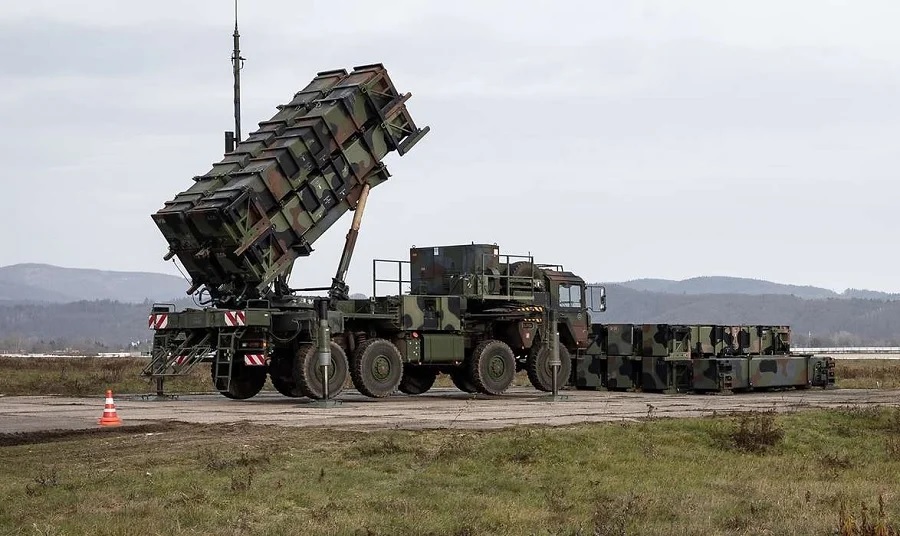Finland and Germany Conduct Successful Binational Air Defence Exercise "Mallet Strike"

Finland and Germany conclude successful joint air defence exercise 'Mallet Strike,' enhancing interoperability and showcasing defence capabilities.
Finland and Germany have concluded a ten-day joint military exercise named "Mallet Strike," which involved nearly 1,500 Finnish soldiers and a 250-strong German PATRIOT firing unit. This exercise marks the first time Finland and Germany have trained together in surface-based air defence since Finland joined NATO in April.
The primary objective of Mallet Strike was to enhance interoperability and integration between the German PATRIOT unit and the Finnish NASAMS (National Advanced Surface to Air Missile System). To achieve this, the German unit operated under the command of the Finnish Army, which improved the effectiveness of their joint training and the coordination of communications structures and command chains.
Colonel Mano-Mikael Nokelainen, the Finnish Inspector of the Ground Based Air Defence Forces, emphasized the importance of this exercise for showcasing Finland's national defence strategies, including their air defence systems, conscript training, and overall military capabilities. "We wanted to show our national solution of defending our country, our air defence systems, conscripts, the way we train and fight, and what we can bring to NATO," said Nokelainen. "I hope and believe our German friends learned something from us – we definitely learned from them."
Mallet Strike also aimed to achieve common and individual exercise goals, covering various elements of air operations such as reconnaissance, electronic warfare, and defence against airborne threats. These operations utilized surface-based and maritime systems to simulate realistic defence scenarios.
Colonel Alexander Zoklits, Commodore of the German Surface-to-Air Missile Wing 1, expressed pride in the collaborative effort with Finnish forces. "I am so proud that together with our Finnish Allies, we made a decisive contribution by participating in this exercise to advance interoperability and deepen integration between our PATRIOT and Finnish ground-based air defence systems," he said. "In doing so, we are making an important contribution to strengthening NATO’s integrated air defence, providing credible deterrence and increasing the Alliance’s defence capability."
Interoperability is crucial for NATO operations, allowing Allied forces to work together coherently, effectively, and efficiently to achieve tactical, operational, and strategic objectives. This high level of coordination is essential for NATO Integrated Air and Missile Defence missions, ensuring that member countries can respond quickly and effectively to any threats.
The German PATRIOT system (Phased Array Tracking Radar to Intercept on Target) is a sophisticated surface-to-air missile system designed to counter threats from tactical ballistic missiles, cruise missiles, and advanced aircraft. The Finnish NASAMS is a medium-range air defence system that provides robust protection against aerial threats and has been integrated into Finland's defence strategy.
Finland's entry into NATO has significantly boosted the Alliance's northern European defence capabilities. The inclusion of Finland's advanced military systems and well-trained personnel enhances NATO's ability to respond to potential threats in the region.
The success of Mallet Strike highlights the importance of joint military exercises in strengthening the defence capabilities of NATO members. These exercises not only improve technical interoperability but also build mutual trust and understanding among allied forces, contributing to a more robust and unified defence strategy.


